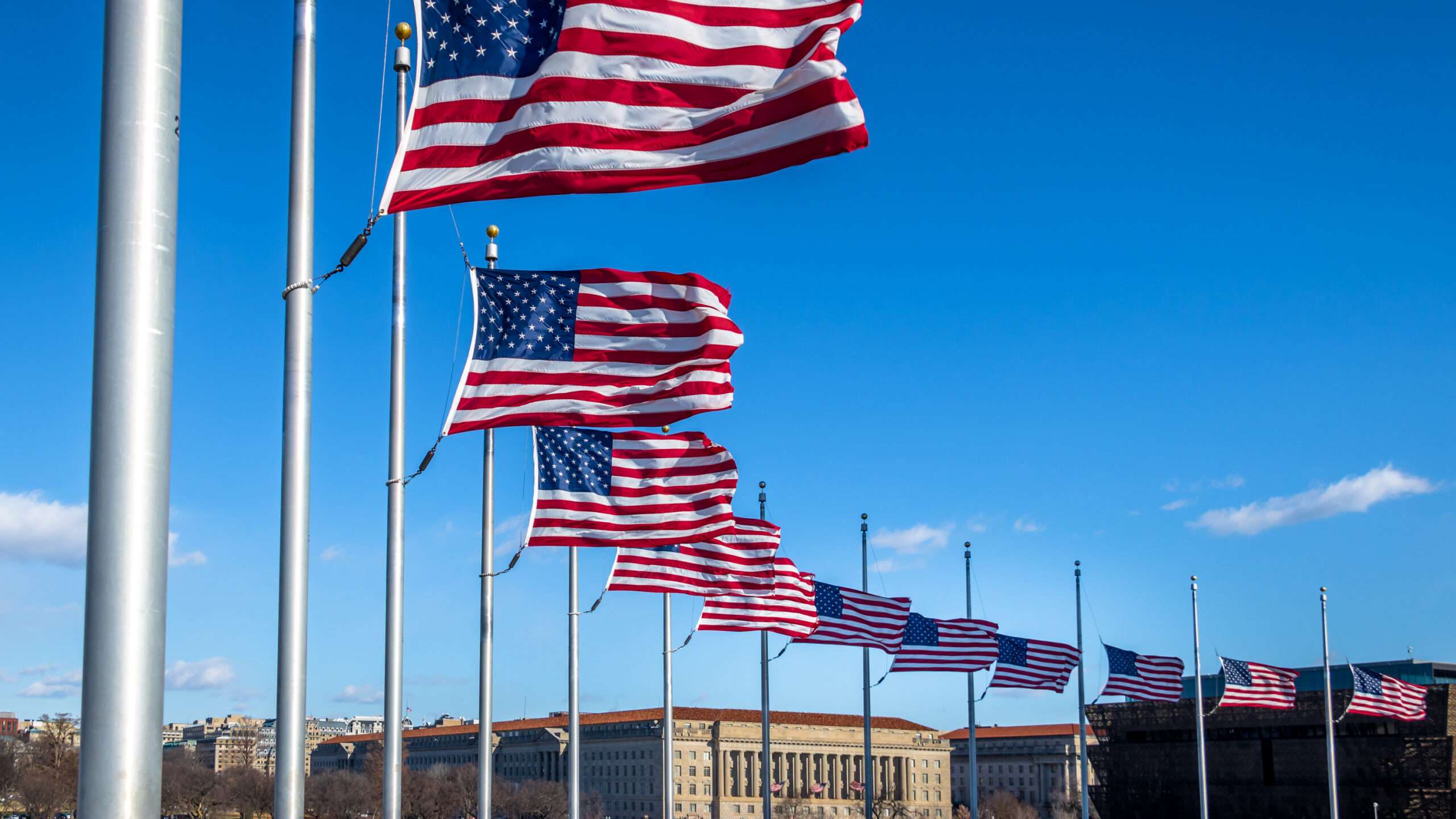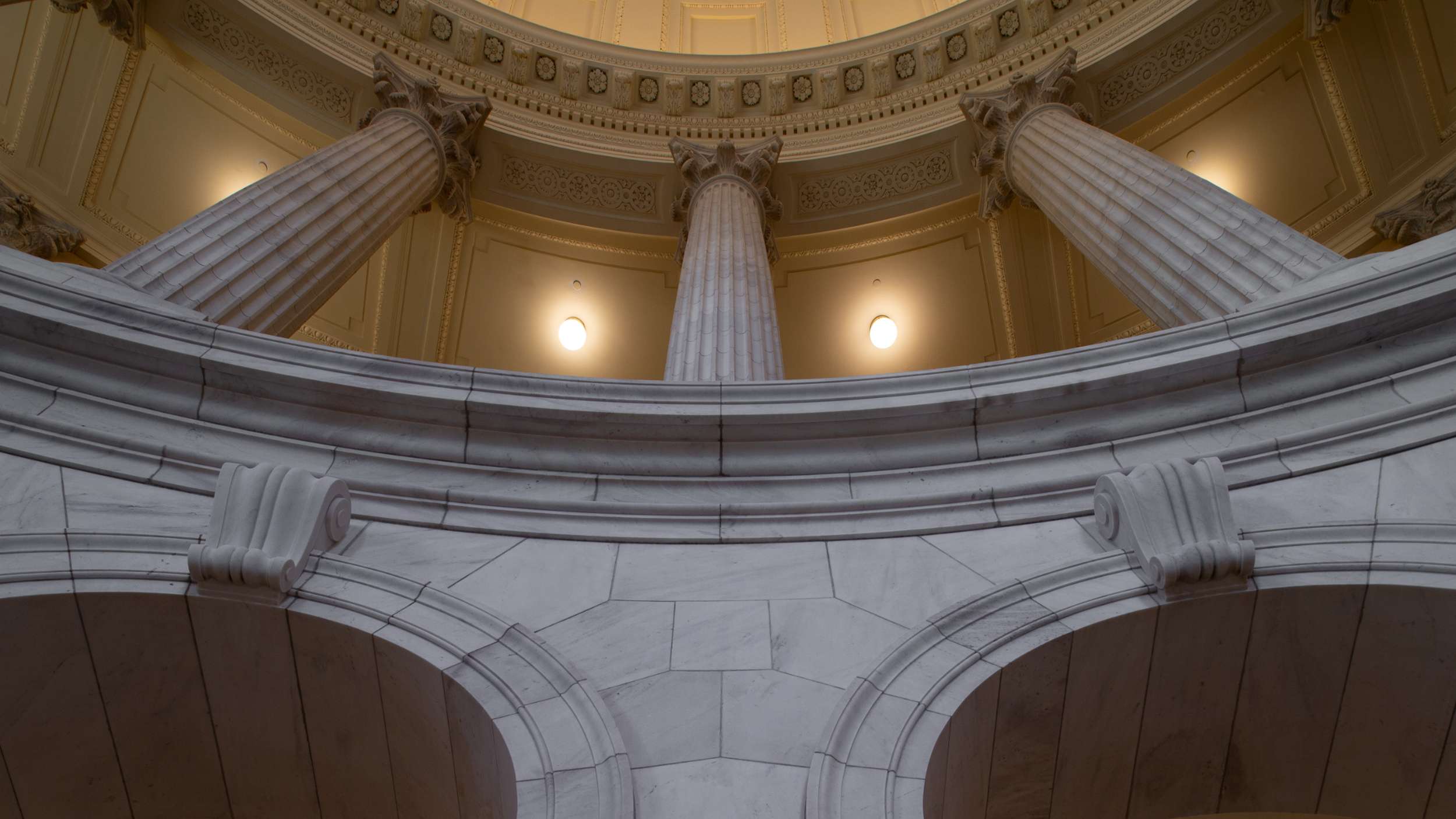By Michael Stumo
While identity politics was a big part of the media’s election narrative, those issues did not actually drive voters’ election choices. Instead, exit polls showed they voted on the basis of the economy, not identity.
There are still competing narratives about how the election was won. Some say racists prevailed to elevate an authoritarian bigot to the oval office. While some may have voted that way, it is an electoral sub-plot which is not explanatory.
Others, those who are correct, say this was a working class populist election. The evidence shows that, when comparing to 2012, identity politics was not much of a factor. The Clinton campaign’s reliance on that theme was a big problem.
Clinton won the cities and the popular vote. Trump won virtually all the non-urban areas and the Electoral College. Clinton won the college educated vote. Trump won the non-college educated vote. The economy recovered under Obama in the sense that GDP growth and the unemployment rate improved from the Great Recession. But the jobs created were often low-quality service sector jobs. Wages mostly continued stagnating in this “gig economy”.
Clinton focused her campaign on identity politics and the negative qualities of Trump. Trump focused upon trade and the economy and the negative qualities of Clinton. Clinton previously supported a western hemispheric common market with open trade, but flipped to oppose the Trans-Pacific Partnership and many did not believe her. Trump criticized virtually all trade deals and trade policy and opposed the TPP from the outset. Clinton said West Virginia coal mining jobs are not coming back. Trump said he wants American to innovate and manufacture here.
Before the election, Pew Research Center polling showed the economy was number 1 in voters minds. Trade was number 11, but Trump wrapped it up in his economic message. Treatment of racial minorities was number 10 while treatment of sexual orientation was number 14.
After the election, Van Jones characterized the election as a “whitelash” in that whites took their revenge on minorities. Before and after the election, the college educated crowd that reads the New York Times continued hearing that “manufacturing is not coming back so the uneducated nincompoops that voted for Trump were, well, nincompoops.
My discussions with committed Clinton supporters echoed this worldview. I engaged in a conversation about the election with a small town historian in Northwest Connecticut last week. She was quite upset about the Trump win, as many understandably are. When I suggested that Democrats must be able to appeal to working class voters in the center of the country, she animatedly stated as fact that manufacturing is never coming back, implying that they just need to deal with it.
So back to the main point. What did the exit polls show?
If this was a race-based election win from Trump, the white vote should have swung significantly to him while the minority vote should have swung to Clinton as compared to 2012. That is not what happened. The big moves were economic class based.
Trump did win more of the male vote than Romney did in 2012, but 5% (53-41). But he also won 7% more of the black vote, 8% more of the Hispanic vote, and 11% more of the Latino vote than Romney. Clinton won about the same percentage of the female vote as Obama did in 2012 (1% more, actually).
Trump won a whopping 14% more of the white-without-college-degree vote. Clinton won 10% more of the white-with-college-degree vote than Obama did in 2012. Their performance as to non-whites with and without college degrees was the same as 2012.
Trump also performed much better than Romney with poorer Americans, those making less than $50,000 per year.

The map below shows how the election played out, by county, nationally.

FDR talked about “the forgotten man” in a 1932 speech when campaigning to defeat President Hoover. This was an appeal to the working class. Trump said, after the election, that “The forgotten men and women of our country will be forgotten no longer.”
Reagan handily defeated Carter by appealing to the so-called Reagan Democrats. Trump has claimed what some may call the Reagan Democrats 2.0. But the better explanation is working class populism that Reagan would not as easily appeal to today. Stephen Moore, founder of the Club for Growth and a previously unreformed free trader, told House GOP members that they no longer belong to a Reagan conservative party but a Trump working class party, which will be uncomfortable to some in the caucus.
The questions now become:
1. Can Trump deliver for the working men and women on trade and the economy? Will the establishment GOP help or hinder him?
2. Will Democrats be able to buck their urbanite base to have a trade and economic message for the center of the country? This question is playing out in the Tim Ryan (D-IL) challenge of Nancy Pelosi (D-CA) for the minority leader position in the House. Pelosi brings in big bucks and experience. Ryan brings middle-America sensibilities but is not close to the urban base or the donor class.
Time will tell.













